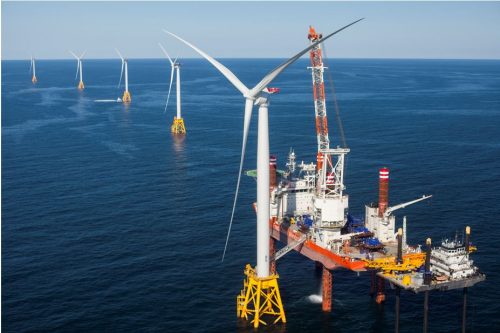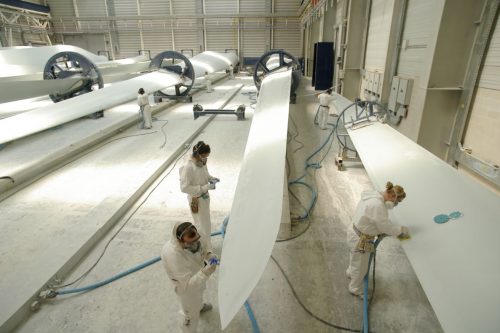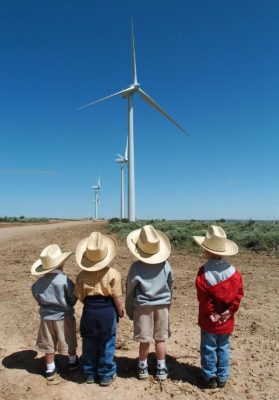
In December’s biannual meeting at Saint Paul, Minn., the USA’s leading wind energy companies announced a new Wind Wildlife Research Fund. More than two dozen US wind power companies have signed so far. They want to protect wildlife by funding research that will accelerate the development and deployment of innovative solutions to wildlife and wind.
The new Wind Wildlife Research Fund will be located at AWWI (American Wind Wildlife Institute). AWWI is an independent, non-profit organization that wind industry leaders created together with conservation and science communities. AWWI aims to find ways to protect wildlife from some of wind energy’s potential risks.
Corporate participants aim to protect wildlife
So far, the Wind Wildlife Research Fund has twenty-eight corporate participants. It hopes there will be thirty-five participating firms by the end of 2019.
Kyle Boudreaux, of NextEra Energy Resources and Chairman of the Wind Wildlife Research Fund’s leadership group, said:
“I’m excited. This really is unprecedented. The only thing that would limit this is participation, and it’s off to a great start.”
NextEra Energy Resources, with headquarters in Juno Beach, Florida, is a wholesale electricity supplier. Before 2009, the company’s name was FPL Energy. It is a subsidiary of Fortune 200 company NextEra Energy.

Fund will support specific research projects
When wind energy development or installations clash with the local wildlife, the Fund will support research projects. These projects will aim to protect wildlife by helping to avoid or reduce those undesirable interactions.
Wind energy companies, as well as public funding, will support the Wind Wildlife Research Fund financially.
Greg Wolf, CEO of Leeward Renewable Energy, said:
“This first-of-its-kind fund will make it possible to continue to expand wind energy development while also protecting and conserving wildlife populations.”
“It speaks volumes about the wind industry’s values that so many companies have stepped up to invest in the Fund. I encourage everyone to participate because doing so will help position wind energy to prosper and thrive in the years to come.”
Leeward Renewable Energy, LLC., based in Dallas, Texas, is a leading renewable energy producer. It currently owns and operates nineteen wind farms across nine US states. The company has a total installed capacity of about 1,727 MW (megawatts).

What is wind energy?
Wind energy or wind power involves capturing the energy in wind and converting it into electricity. We have been using wind energy for thousands of years (windmills). In the past, we used it for pumping water and grinding grain. Sailboats use wind energy to propel them forward.
Wind energy is renewable energy. In other words, the energy’s source never runs out – it is everlasting. ‘Everlasting,’ in this context, refers to a human timescale rather than an astronomical or geological timescale.
Wind, flowing or moving water, and sunlight, are always there. We never run out of them. Therefore, solar energy, wind energy, and hydropower belong to the ‘renewable energy’ category.
Geothermal energy, which uses the Earth’s internal heat to produce electricity and heat buildings, is also renewable energy.

